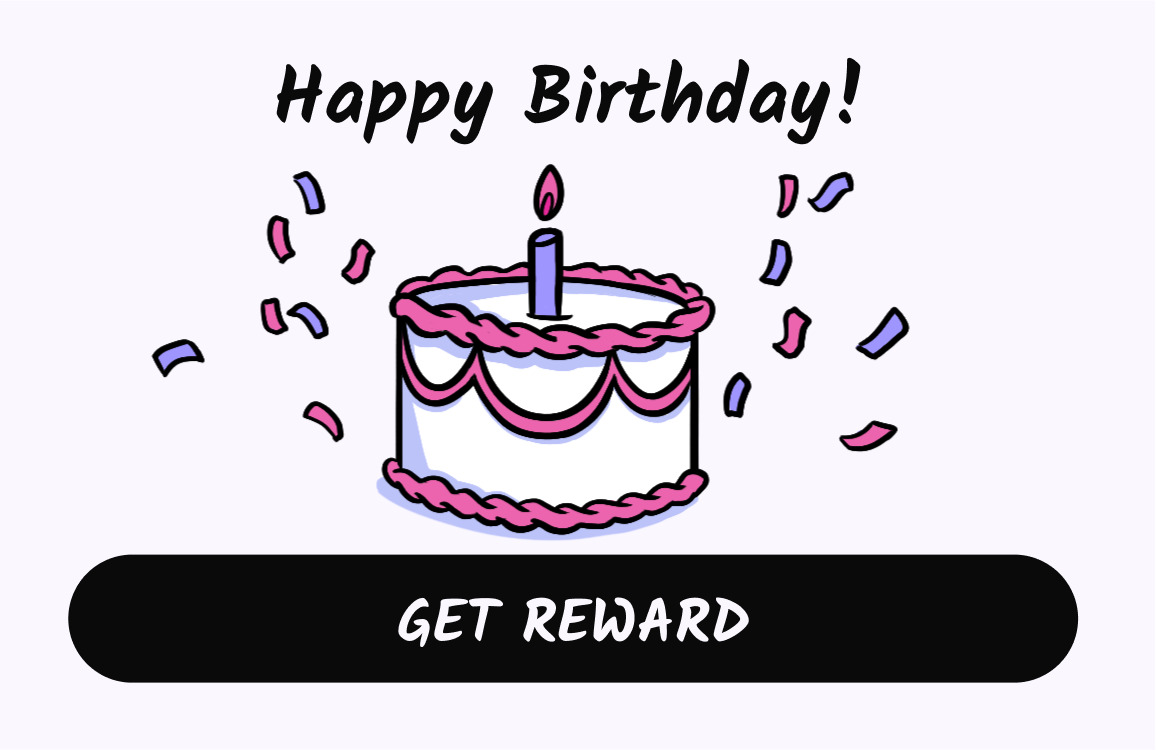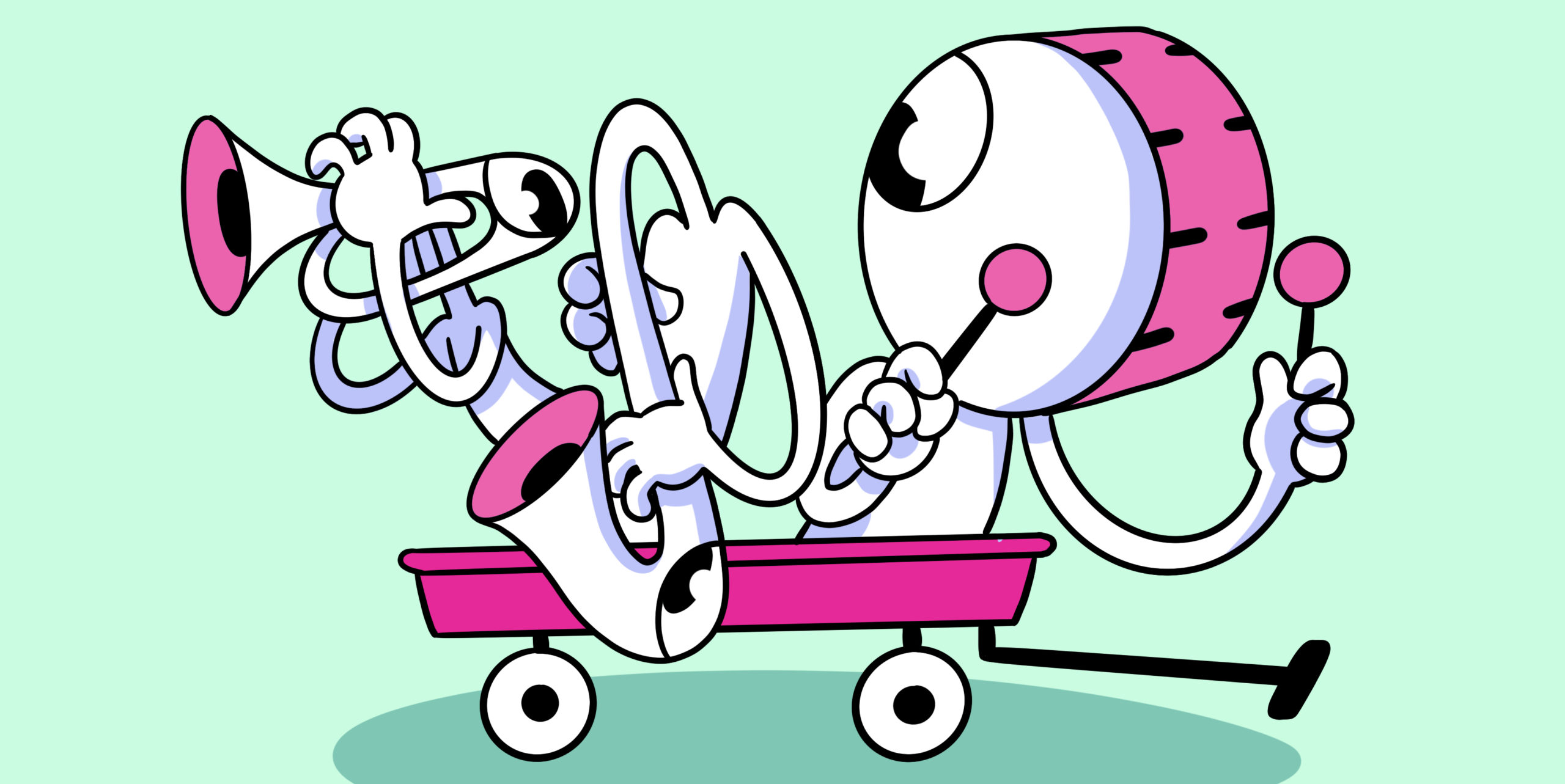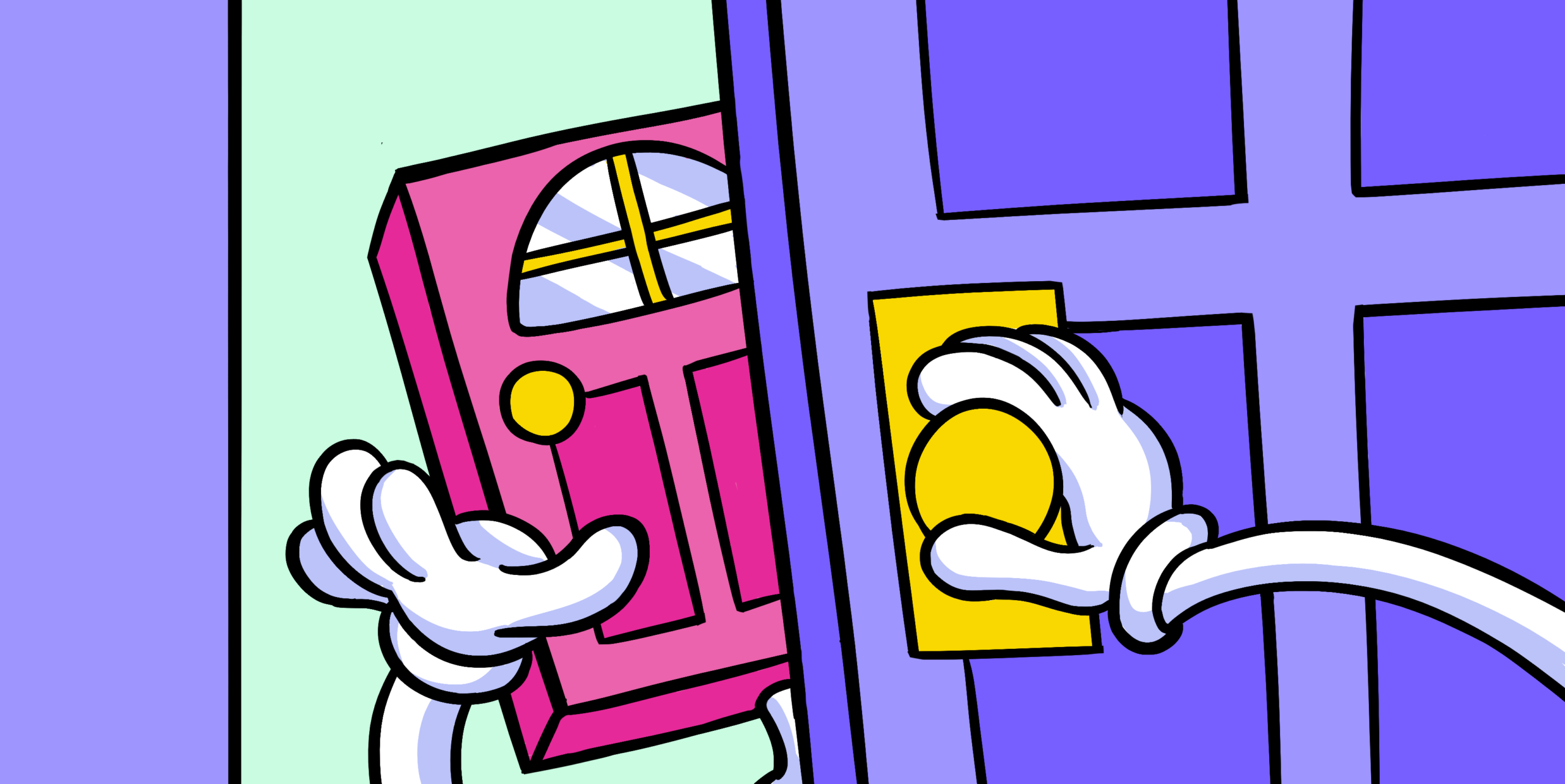Allow For Self-Expression and Boost Your Conversion Rates
“Express yourself… You’ve got to make him… express himself” goes the Madonna song. We want and need to express ourselves in unique ways. Self-Expression is one way we connect with the world and others.
Products and services can be self expressive while allowing an opportunity for their customers to do so as well. This can become a powerful tool to boost conversions.
What is Exactly Self-Expression?
Self-expression is where we use words and actions to express our innermost thoughts and feelings. It can be done also through the clothes we wear, the music we play, or the profession we choose. Of course, any creative endeavor counts!
Some people don’t have a poker face, and they’re very expressive. That’s another form of self-expression. The tone you use as well. The jokes you tell. Anything and everything that communicates the most authentic version of yourself.
But it’s not just the act of expression, but also the need to do so. We want to find meaning for our identity. We form communities that share similar identities or select products that help us express it more.
How to Use Self-Expression to Boost Conversions
There are two ways you can use self-expression to boost your conversions. One, create a memorable brand identity. Two, provide opportunities for your customers to express themselves.
Create a Memorable Brand
Let’s look at creating a memorable brand first. You want to come across as authentic as possible in your brand, or else you risk being seen as fake. Your brand is an opportunity to connect with your potential customers.
Here are a three ways you can do this:
- Be authentic to your brand. We can’t emphasize this enough. Be yourselves and true to your own company values. Disney is a classic example of this. Their brand experience is top notch, immersive, and inclusive. And they startle our senses. And it is authentically Disney—fun and entertaining. This creates a strong brand perception in your audience.
- Don’t be afraid of mistakes. Audiences are forgiving of mistakes, believe it or not. So long as you cop to them and correct them. After all, a brand is made up of individual people creating it. So you’re bound to misstep and fail every once in a while. Recover quickly by admitting it, apologize if necessary, and take steps to prevent it from happening again. People will then be more likely to remember your brand and use your product.
- Speak to your audience. Create content for your target audience. This is your opportunity for an unforgettable brand touchpoint that has them coming back for more. Also, allows you to express what your brand stands for and is all about through storytelling. You’ll find the more you and your target audience align, the more your brand equity will increase.
Dollar Shave Club uses storytelling to express its brand, while speaking to their audience’s need to express themselves.
Let Your Audience Express Themselves
Customers see brands as an opportunity for self-expression. We all know that one person who uses only Apple products, from their watch to their phone to their laptop. Then we know the one person who is steadfast in their loyalty to everything that isn’t Apple.
What they’re looking for is a brand that validates their own beliefs and sense of self. Brands that give them permission to further project who they are inside.
Here are three ways you can do that for your target audience:
- Give them ownership. Don’t hand them the keys to business just yet. This is more about a sense of ownership. Find ways for them to make the brand their own, such as customizing the experience. If you’re a digital product, it can be as simple as crafting their own workflow. Or even as simple as creating their own product label for a physical product.
- Make them part of your product. Get their feedback through a survey tool like Helio. Soliciting their opinion goes a long way to making them feel ownership and part of the team.
- Appeal to their egos. This isn’t as nefarious as it sounds. This is about speaking to an audience’s self-monitoring behaviors . People are typically either high self-monitors or low. For high, you can appeal to their vanity a bit more, and how your product benefits them and makes them look good. For low, you can appeal to their values more and the quality of your product over others.
See If Your Product is Expressive Enough
We’ve hinted at it, but the first goal is to understand your target audience. Then you can also use them to test to see if your product allows them a chance for self-expression. One way to do that: check the temperature of your customer loyalty. This Helio test template gets you started:













